

Hill International has a long and successful track record delivering major infrastructure projects in Europe, especially in the growing Eastern European region and throughout the Mediterranean. This experience provides Hill with a unique perspective on the challenges and opportunities facing programs and projects in these markets, as drivers ranging from energy security to sustainability to connectivity all impact infrastructure across the continent.
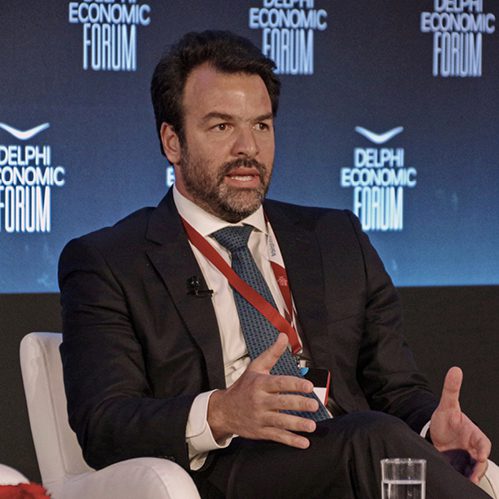
Hill Senior Vice President and Managing Director, Europe Emmanouil (Manolis) Sigalas and Vice President and Managing Director Balkans Ioannis (Giannis) Kirkinezis shared their insights at the Delphi Economic Forum this past April in the emblematic town of Delphi.
Manolis joined panelists Gregory D. Dimitriadis CEO & Executive Board Member, GROWTHFUND, the National Fund of Greece; Panagiotis Stampoulidis, Managing Director, Hellenic Republic Asset Development Fund (HRADF), Greece; and Dimitrios Pefanis, Manager, CNN Greece, to discuss the effects of large infrastructure projects on Greece’s development.
Giannis was joined by co-panelists H.E. Hristo Alexiev, Deputy Prime Minister for Economic Policies and Minister of Transport and Communications, Republic of Bulgaria; Maria Boyadjiiska, Deputy Minister, Ministry of Environment and Water, Bulgaria; Ioannis Maris, Country Representative Manager Greece, Trans Adriatic Pipeline, Switzerland; and George Kremlis, Honorary Director of the European Commission, European Commission, Greece; to discuss major infrastructure projects throughout the region.
“Greece has come a long way in the past decade and in recent years has literally shifted gears,” explained Manolis. “Despite the evolving challenges of the construction industry, we remain positive in our outlook for the country’s infrastructure sector.”
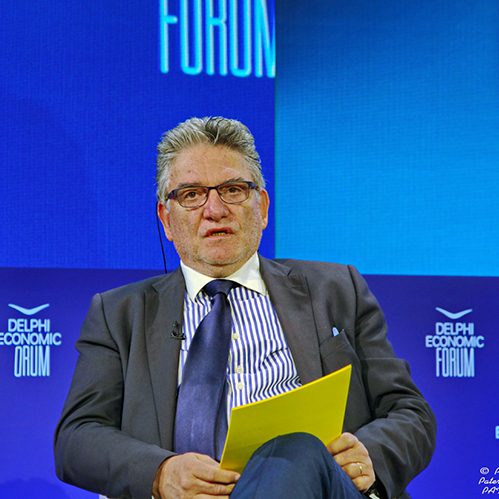
Manolis continues, “Our positivity is underpinned by three main factors. First, there are projects of global caliber already underway, such as Line 4 of the Athens Metro, the Ellinikon development, the New International Airport of Heraklion in Crete, and many more. Second, there is an unprecedented pipeline of projects that can now be funded through the EU’s Recovery and Resiliency Facility (RFF).”
RRF funds and implemented across the country and across market segments. These also involve an array of smaller, complementary projects that support key sectors of the economy. “Not least,” adds Manolis, “Greece currently ranks first among all European countries in the rate of absorbing RRF funds compared to the country’s GDP, which is significant.”
Manolis adds that obstacles remain. “Project execution will now become the focus. Execution capability in light of market capacity bottlenecks will be a key challenge going forward. Everyone in the industry needs to recognize the country’s construction value chain (designers, suppliers, subconsultants, etc.) has been weakened by the past years of crisis and the scarcity of projects and is not currently structured nor ready to deliver the planned Capex program.”
“Related to that,” Manolis says, “the elephant in the room is the anticipated shortfall in manpower to deliver all these projects. To be clear, competition for resources in the construction sector will not only be pan-European, but global. To tackle this challenge, we need a two-pronged approach: institutional and legislative initiatives by the State, but also by the private sector becoming part of the solution through a structured approach and an entrepreneurial mindset, specifically by re-patriating staff and sourcing /training labor locally and importing it from other countries.”
Giannis noted that Hill has helped to deliver several major projects In Greece, Cyprus, Romania, Albania, North Macedonia, Kosovo, Bosnia and Herzegovina, and others in the recent past. “We believe in the prospect of an interconnected Balkans and Southeast Europe,” he said. “We need to invest and channel our resources, our efforts, into creating a space of mutual understanding and mutual interest to challenge old and tired stereotypes about the Balkans and unlocking the potential we are confident exists in all of our countries.”
Both Manolis and Giannis noted that the current market uncertainty means owners value cost and schedule confidence more than ever in delivering their projects—a situation the Balkans nations aspire to. “In such an extremely volatile world environment, investors, donors, and international organizations are paying a premium for stability,” explained Giannis. “And countries who can provide stability are best positioned to seize the benefits of participating in a global system of trade, governance, and diplomatic relations. The Balkans needs to become such a region.”
European fund investments are focusing on sustainable transport, transitioning to cleaner forms of energy, and the digital future, so to access international financing owners and agencies should be prepared with the right kinds and types of infrastructure projects. This includes:
To support these initiatives, owners should consider funding from International and European Banks such as the European Bank for Reconstruction and Development (EBRD), European Investment Bank (EIB), and Infrastructure Project Facilities (IPFs).
“IPFs are tools for maturing projects and making them bankable, and they are funded by the EUD,” says Giannis. “But to absorb this money, the project must be bankable and financially viable.” This means with completed design, positive market testing, approved environmental studies, and well-advanced permits and licensing. Potentially, says Giannis, a central authority with the power to advance and deliver infrastructure projects could help projects to secure funding from the EBRD, EIB, and IPFs.
Projects and Fund initiatives Related to Europe’s Green Transition
“Europe’s transition to green energy is the top priority with energy security and independence at the top of the political and socioeconomic agenda,” says Manolis. “To better serve our clients and to meet the challenges of the new era Hill established an energy-dedicated, Europe-based sector staffed with an exceptional group of international experts. Furthermore, our team has established strategic partnerships with strong industry partners and will continue to nurture new partnerships. The broader business objective of this initiative is to support projects in different segments of the wider sector, including for enhanced power transmission networks to support development of renewables, LNG/FSRU projects, hydrogen, CCS, and others.”
The bulk of EU funding is related to the green energy transition. However, the transition is not only about investments but also about reforms. “Private business should not consider this transition a threat,” says Giannis, “But an opportunity.”
According to Giannis, there are three key factors to achieving a smooth green transition in Europe:
“But these three factors are not enough on their own to achieve a smooth transition, especially in Eastern Europe,” says Manolis. “They need to be assisted by expertise, knowledge, and technical assistance to leverage the lessons learned from similar projects.”
Infrastructure in the Balkans
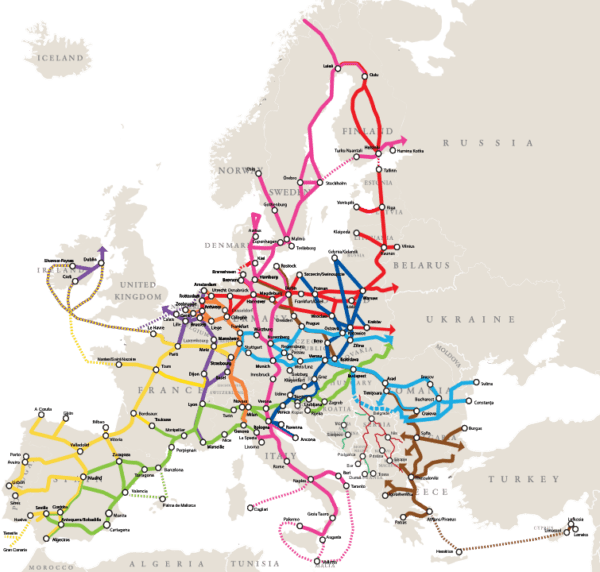
There are several green transition projects in the planning stages and underway in the Balkans. For example, in Serbia electrical charging stations are being built along major highways, while in North Macedonia a Hill-led consortia within the IPF7 Framework is assisting in the design for the highway along the Skopje-border to Kosovo. This project is incorporating green innovation measures as electric chargers, low carbon materials, and the use of innovative technologies. In addition, there are numerous renewable energy projects developed or under development by the private sector throughout the region.
Also, in Albania, North Macedonia, Serbia, and Montenegro, photovoltaic power plants, the trans-Balkan electricity corridor, and new wastewater treatment plants will all support the goal of a climate-neutral Europe by 2050.
In addition to the drive for a green Europe, the Balkans are also home to several transit, port, and development megaprojects. These include:
Conclusions
“Achieving infrastructure programs and projects in Europe, as always, will require the cooperation of the private and public sectors,” says Manolis. “We see public-private partnerships and concession projects as being very successful in the infrastructure sectors.” Manolis and Giannis cite several advantages for both private and public interests in employing these delivery methods, including:
“The challenge is now to help these investment programs to mature and implement their component projects,” says Manolis. “Genuine and intense collaboration between the public and private sectors at all levels, including project planning, financing, and implementation is what is needed today.”
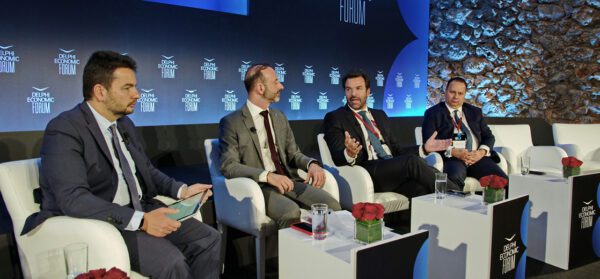
Share

June 23, 2025 | Articles
Jeffrey Hurley Joins Hill’s Northern California Rail Practice

June 23, 2025 | Articles
Ready, Set, Grow: First VP Chad Koelling Takes Charge of Hill’s Mountain West Region
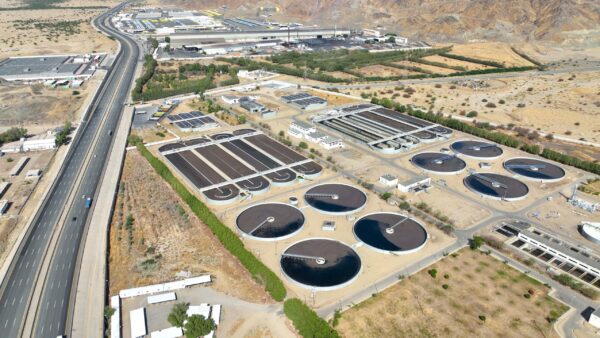
June 8, 2025 | Articles
PMO in Saudi Arabia: The Holistic Approach to Realizing a National Mega-Portfolio

June 1, 2025 | Articles
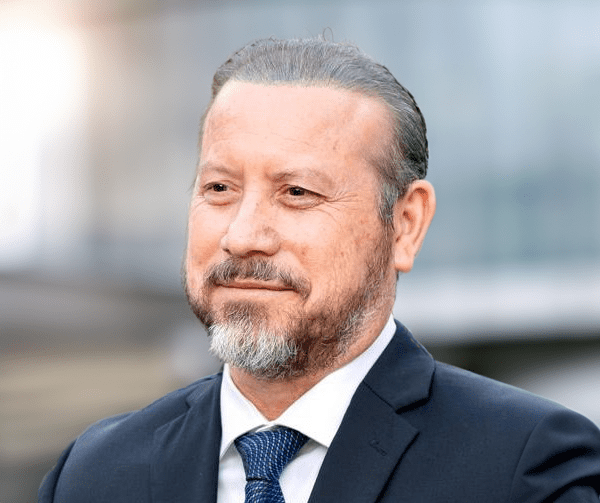
May 26, 2025 | Articles

May 12, 2025 | Articles
Keeping Your Water/Wastewater Programs Flowing with Public Relations

April 27, 2025 | Articles
Oiling the Machine: Steps to Successful Permitting on Infrastructure Megaprojects

April 20, 2025 | Articles
Sustainable Scaling: Solutions for Managing Risk on Europe’s Data Center Projects